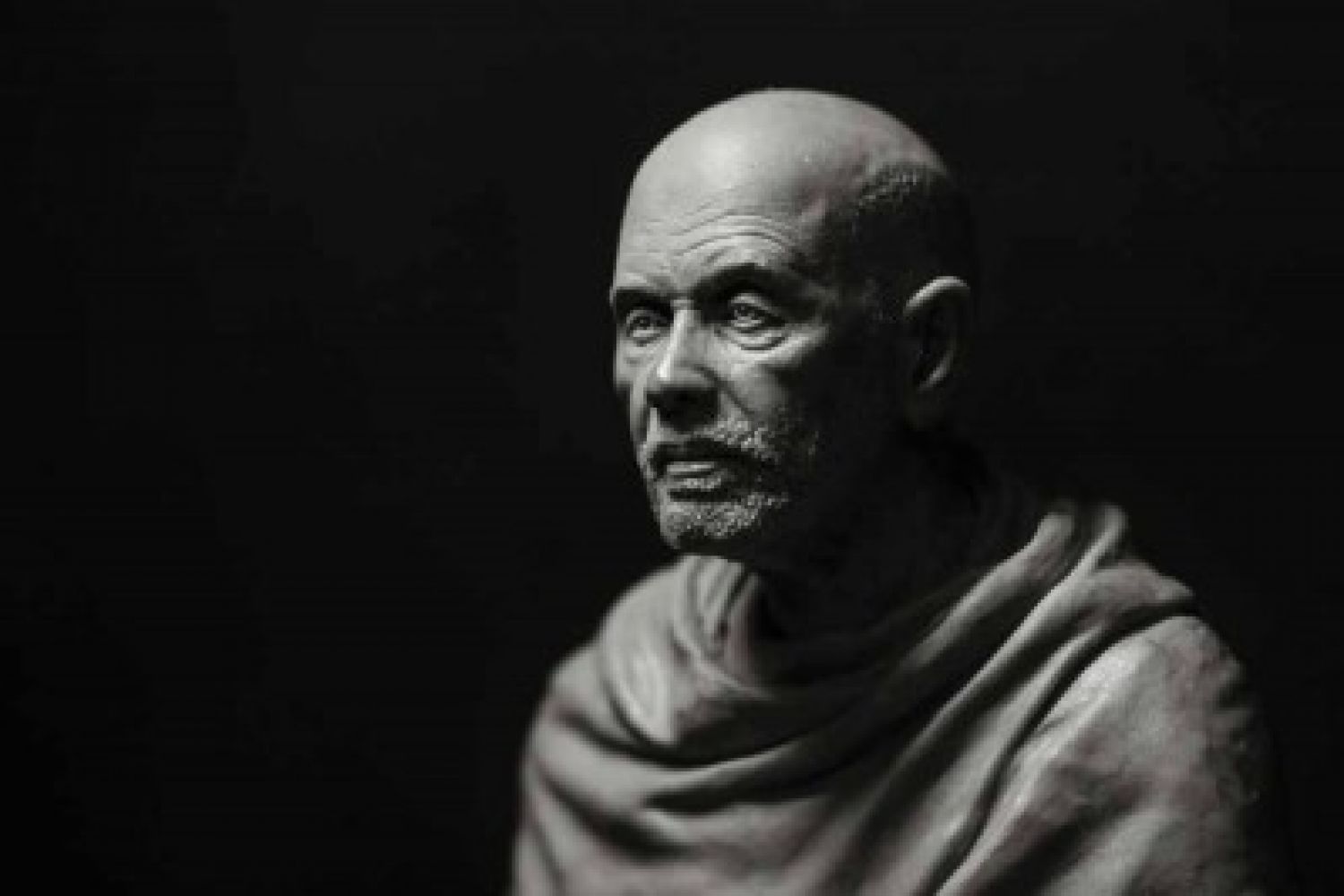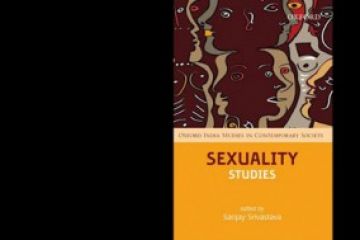
Letter to the Little
Devil, 1921.
Guru was living in
Shivagiri. One day two people came to meet him. Guru enquired about the purpose
of their visit and they said: We came searching for help. Only you can help us.
Guru: Help from me?
Please narrate.
My house has been
haunted by a Little Devil for a long time now. We cannot sleep peacefully. We
tried many things but nothing has changed. Please save us.
Guru: Who? Little
Devil? That is nice. Did anyone see him?
Yes. We saw him
Continue reading “Narayana Guru and the Little Devil”
Read this story with a subscription.





